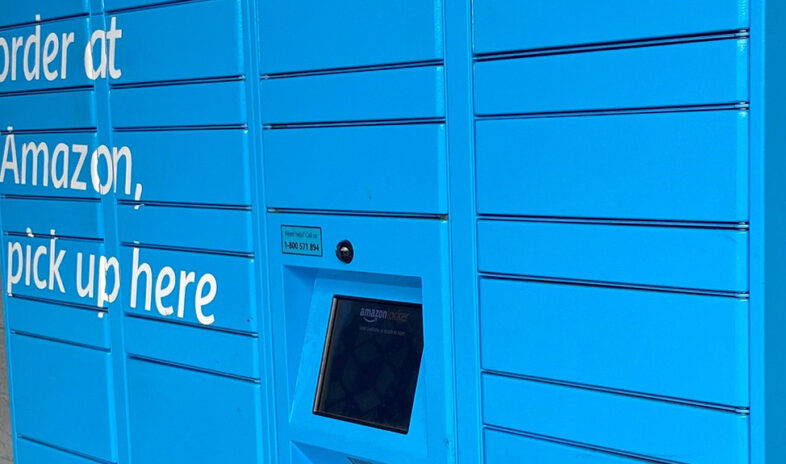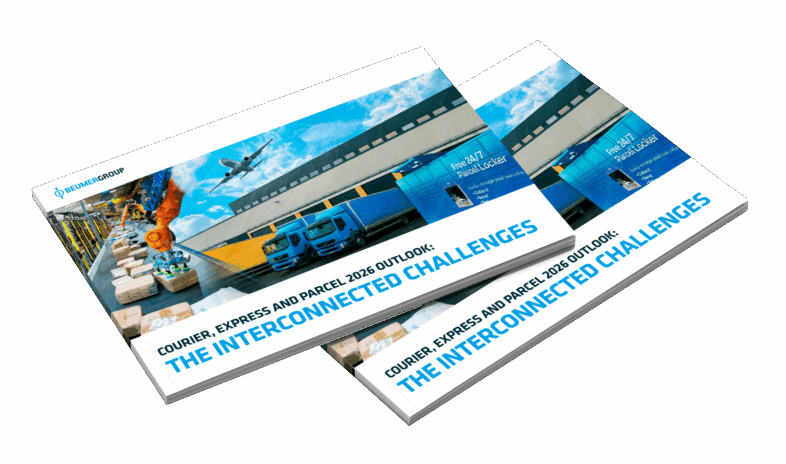However, other fashion distribution operations have unified their approach to B2B and B2C fulfilment. They have determined, for example, to process their inbound, overstock and even the order picking simultaneously and it is only at the point of outbound that production is split between the two channels.
Considerations for managing both B2B and B2C
So, what is the best way for fashion fulfilment centres to structure their businesses for both B2B and B2C? What should a distribution centre consider when deciding whether to combine its B2B and B2C fulfilment into one operation or to keep them separate?
The answer will be different for each fulfilment operation, depending on the following factors:
- Existing structures: What processes are already in place?
- Budget: How much can be spent; a fully flexible system costs money.
- ROI: How soon does the ROI need to be realised?
- Resources: Will more operators be needed?
Existing structures
The starting point will differ for companies depending on their current structures, status and where they want to go. Do they have the space to separate their B2B and B2C fulfilment, for example? Or does space suggest a unified approach for B2B and B2C is a better option? Are their customers volatile and changing? It may be that a combined approach is not appropriate but a process that involves more of their resources doing the same thing is more efficient. Fulfilment automation is not a feasible solution unless the fulfilment centre is processing a certain volume.
Budget
Finding the right solution will also very much depend on budget. While automation is super efficient, there is an extra cost if flexibility between B2B and B2C is also core to the business. Some operators, for instance, may not opt to invest in automation and hope to achieve the flexibility needed through their manual resources. But could the price of that flexibility be their running costs, given the resources they will require to deal with both B2B and B2C? Supply chain managers need to take these types of financial considerations into account when considering the right approach to managing both their B2B and B2C fulfilment.
ROI
Another parameter to consider is the ROI. For many fashion operators, the quickest ROI is the most important factor. For a third-party logistics company, for example, the ROI outlook will need to be shorter than its typical three-five year contract period, even if this means a higher total cost of ownership over the course of ten years. For other companies, where the desired ROI cannot be realised on the budget available, it could be that a solution is found in a project implemented in two or three phases. Ultimately, calculations need to be made based on overall investment and operational costs and what is most valued for the fulfilment operator.








